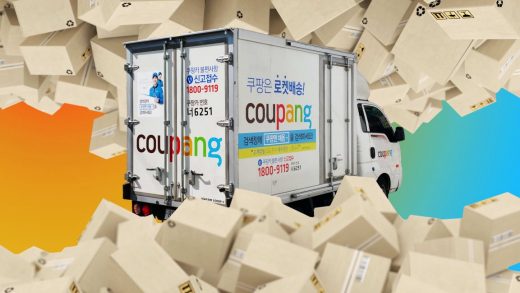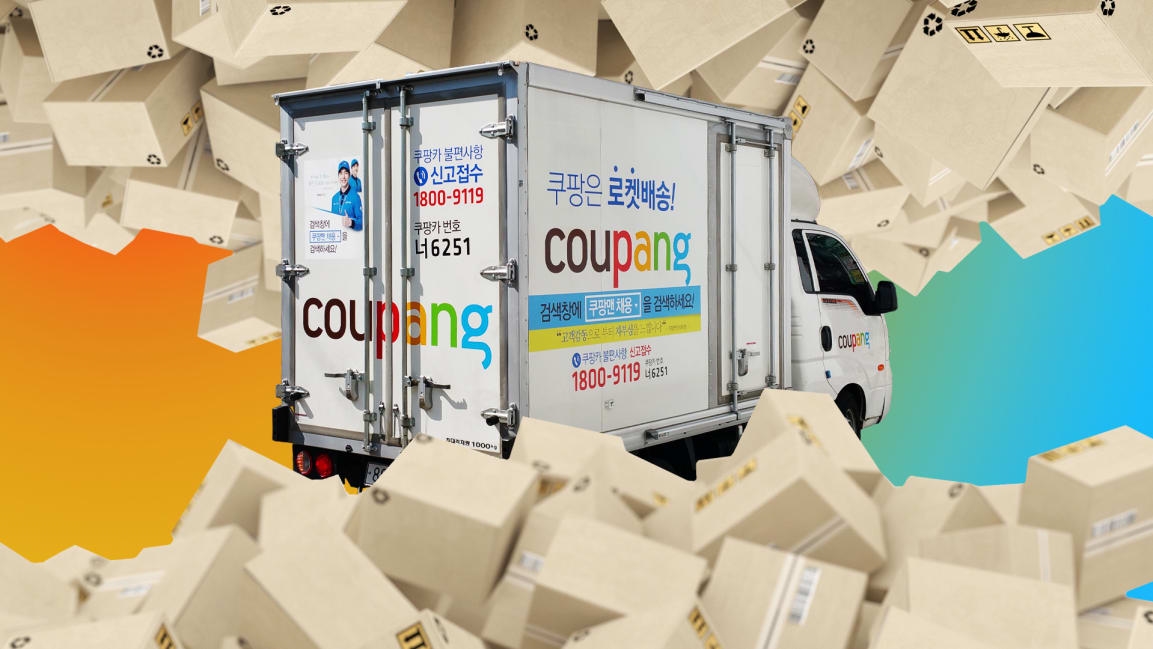Look out, Amazon. Asia-based companies such as Coupang are leading the next e-commerce revolution
Today, Coupang went public on the New York Stock Exchange, raising $4.6 billion in the biggest U.S. IPO of the year (so far). The South Korean e-commerce giant’s success is a compelling reminder that many Asian companies are among the world’s leading innovators in digital retailing and beyond.
In the U.S., we have all been amazed by the speed, ease, and selection of Amazon. In reality, we are three to five years behind Asia. Americans are familiar with e-commerce giant Alibaba, but a new wave of companies such as Coupang, Pinduoduo, and Bytedance are quickly transforming the online shopping experience for millions of consumers. (Softbank Investment Advisers, my firm, is an investor in Bytedance and Coupang, and Softbank Group is Alibaba’s largest shareholder.)
Here are the four prominent e-commerce trends in Asia that I predict will take hold in the U.S. and around the world:
From e-commerce to “AllCommerce” using social media
Asia’s brick-and-mortar companies were making the transition to digital well before COVID-19 forced businesses to shut their physical footprints. South Korea’s high-density urban landscape, high mobile penetration rate (95 percent of adults have smartphones, more than anywhere else in the world), and culture of late-night shopping have enabled the rapid growth and success of e-commerce by connecting local brick-and-mortar businesses to the online world.
In 2020, technology platforms such as Flipkart in India and Tokopedia in Indonesia added new offerings to support the digitization of small businesses and “solopreneurs.” (I am an investor in Tokopedia and backed Flipkart, which Walmart now controls.) Tokopedia launched TokopediaByMe, which allows influencers and individuals to build their own affiliate businesses via social media. These easy-to-use tools brought an extraordinary array of businesses online, from the local warung (family-owned) shop to the neighborhood restaurant. Tokopedia also offers logistics support to help sellers deliver products and services to their customers.
I expect we’ll see more e-commerce companies integrating with social media platforms to make it easier for small merchants to sell their wares without having to build a website or digital storefront. A great example close to home is a new feature from Shopify that adds shopping functions to Facebook and Instagram pages. Look for future marriages of e-commerce tools with social platforms such as Facebook and Bytedance’s TikTok. The upshot is a future in which every social post becomes an opportunity to make a sale. It’s not e-commerce, it’s “AllCommerce.”
Live commerce
Though not a term yet familiar to most Americans, live commerce is a very simple but powerful modality that has seen explosive growth in Asia. Live commerce enables purchase engagement between a customer and seller through live video and chat. For Americans of my generation, this format is best understood as the next generation of HSN or QVC on mobile platforms.
During this past year’s 11.11 festival in China, or Single’s Day, which is similar to Amazon’s Prime Day, live streaming drove $6 billion of commerce transactions, and some single streams attracted audiences as large as 37 million viewers, which is more than the Game of Thrones finale. With live commerce, we can begin to imagine a world where a single influencer is more powerful than brands themselves. For example, in a single livestream on Taobao’s Single’s Day, “Lipstick King” Li Jiaqi sold more than $145 million worth of product. Interestingly, it isn’t just giant internet platforms leading this revolution. Kuaishou and Douyin have moved fast in the space, and both are valued at over $150 billion.
In the U.S., most e-commerce is search-driven. Live commerce allows for discovery with a trusted source, and the ability to have questions about products and services answered quickly and personally. In some parts of Asia, where consumer brands are less established and where trust is generally lower, live commerce helps the consumer understand the products and gives them the confidence to purchase. The pandemic moved significant portions of independent retail online and normalized video chatting, which has created fertile ground for the adoption of this trend.
Community-based purchasing
Pinduoduo (PDD) is an e-commerce platform in China that has leveraged its community-based model, coupled with promotional gamification, to become one of the fastest-growing technology companies in history. Founded only five years ago, PDD has amassed a market cap north of $200 billion, which took Amazon over 20 years to achieve. This is a testament to the rapid innovation and organic virality the platform has garnered in China.
On PDD, a community leader brings together their neighbors to purchase groceries and other goods in volume and to coordinate last-mile delivery logistics. This enables PDD to bring deep value to the Chinese consumer for everyday purchases, particularly those living outside the country’s big cities, where incumbents have struggled to reach. Meanwhile, PDD provides a compelling offering to local farmers and manufacturers in these regions by enabling scaled and consistent purchases.
PDD has highlighted the opportunity to connect with consumers that are typically underserved by traditional technology platforms, which tend to focus on the top half of the income pyramid. I believe that we’ll continue to see this type of value-based innovation inspiring the next generation of entrepreneurs across Asia and the Western world—a salve that will be increasingly important in a world of increasing disparity.
Personalized customer experiences
Coupang always has a single question in mind: How do we make our service 10x better than existing options? While delivering goods quickly, offering vast product assortment, and selling at low prices are core to Coupang’s value proposition, the team’s superpower is that it aims to go above and beyond to understand the consumer friction points—and eliminate them.
Consider the work the operations team has done to understand the customer experience even after the package gets delivered. Traditionally, an e-commerce customer is responsible for opening and discarding the packaging, which, beyond the simple hassle, is also bad for the environment. Coupang has pioneered a “box-free” approach for most deliveries by owning the entire fulfillment value chain where packaging is used. Coupang’s trucks collect and reuse this packaging—in other words, the vehicles both arrive and leave full. This “omnipresence” of e-commerce in all parts of the customer experience is a trend I predict we will start to see take hold, especially as online presences continue to grow in the U.S.
I have been fortunate enough to have a front-row seat to see these trends take hold over the last six years from investing in the region. With technology, it’s often difficult to predict the next disrupting innovation that will change the way we live. But with e-commerce, all we have to do is look to Asia to see the future.
Lydia Jett is an investment partner at Softbank Investment Advisers.
(112)



